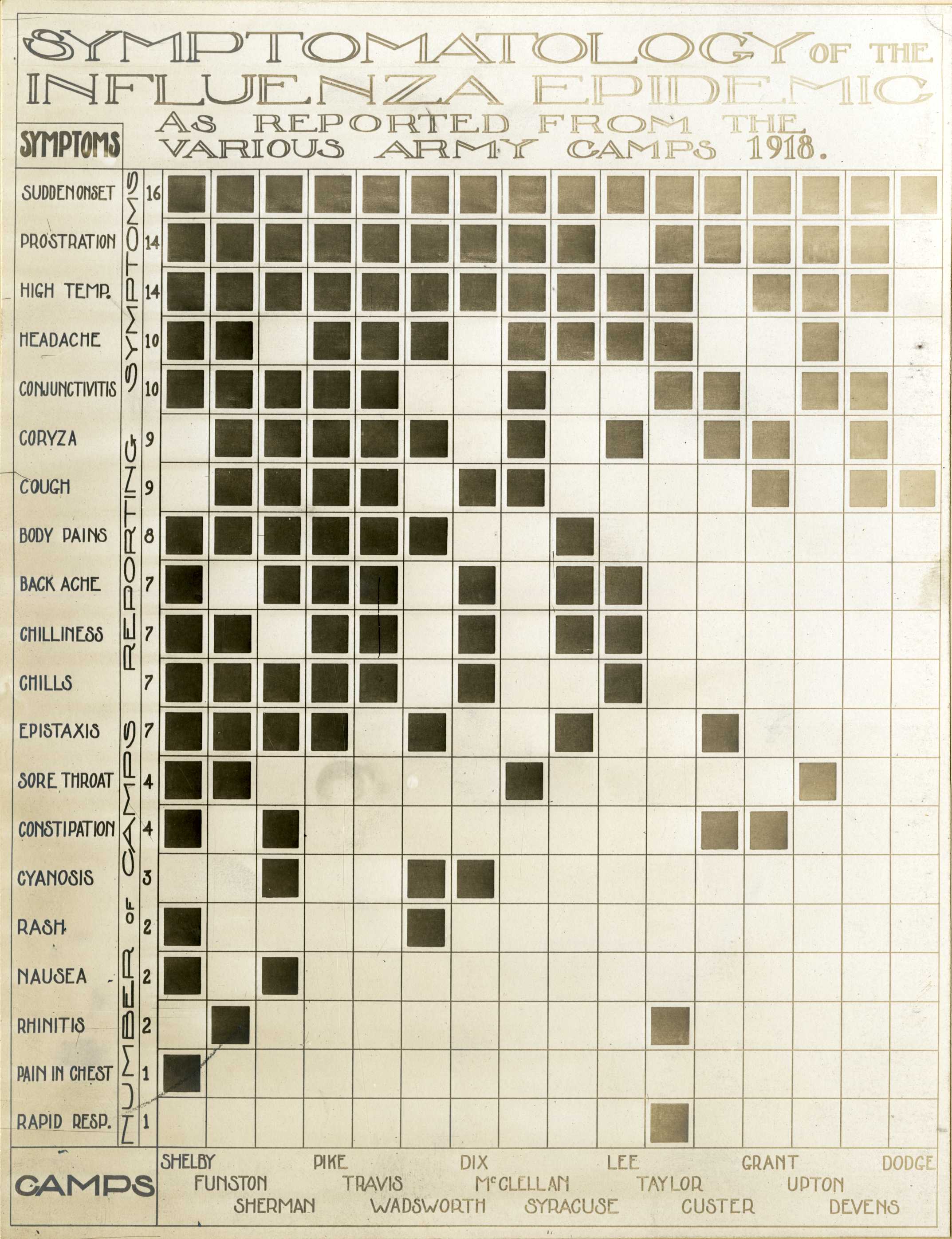
Photo from academic.microsoft.com
SUMMARY Carrion's disease (CD) is a neglected biphasic vector-borne illness related to Bartonella bacilliformis. It is found in the Andean valleys and is transmitted mainly by members of the Lutzomyia… Click to show full abstract
SUMMARY Carrion's disease (CD) is a neglected biphasic vector-borne illness related to Bartonella bacilliformis. It is found in the Andean valleys and is transmitted mainly by members of the Lutzomyia genus but also by blood transfusions and from mother to child. The acute phase, Oroya fever, presents severe anemia and fever. The lethality is high in the absence of adequate treatment, despite the organism being susceptible to most antibiotics. Partial immunity is developed after infection by B. bacilliformis, resulting in high numbers of asymptomatic carriers. Following infection there is the chronic phase, Peruvian warts, involving abnormal proliferation of the endothelial cells. Despite potentially being eradicable, CD has been expanded due to human migration and geographical expansion of the vector. Moreover, in vitro studies have demonstrated the risk of the development of antimicrobial resistance. These findings, together with the description of new Bartonella species producing CD-like infections, the presence of undescribed potential vectors in new areas, the lack of adequate diagnostic tools and knowledge of the immunology and bacterial pathogenesis of CD, and poor international visibility, have led to the risk of increasing the potential expansion of resistant strains which will challenge current treatment schemes as well as the possible appearance of CD in areas where it is not endemic.
Journal Title: Clinical Microbiology Reviews
Year Published: 2017
Link to full text (if available)
Share on Social Media: Sign Up to like & get
recommendations!